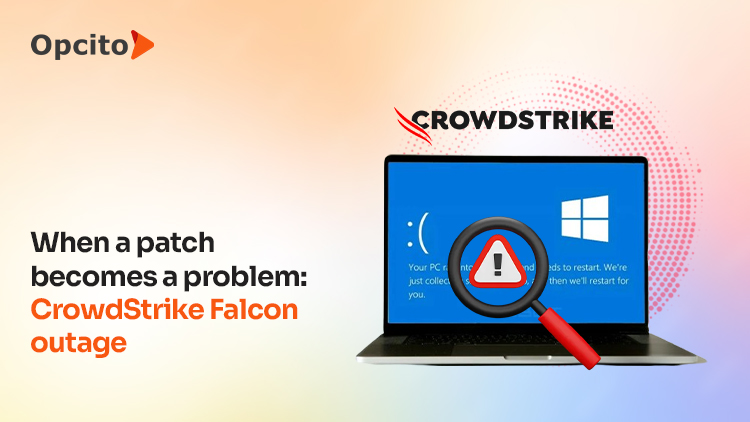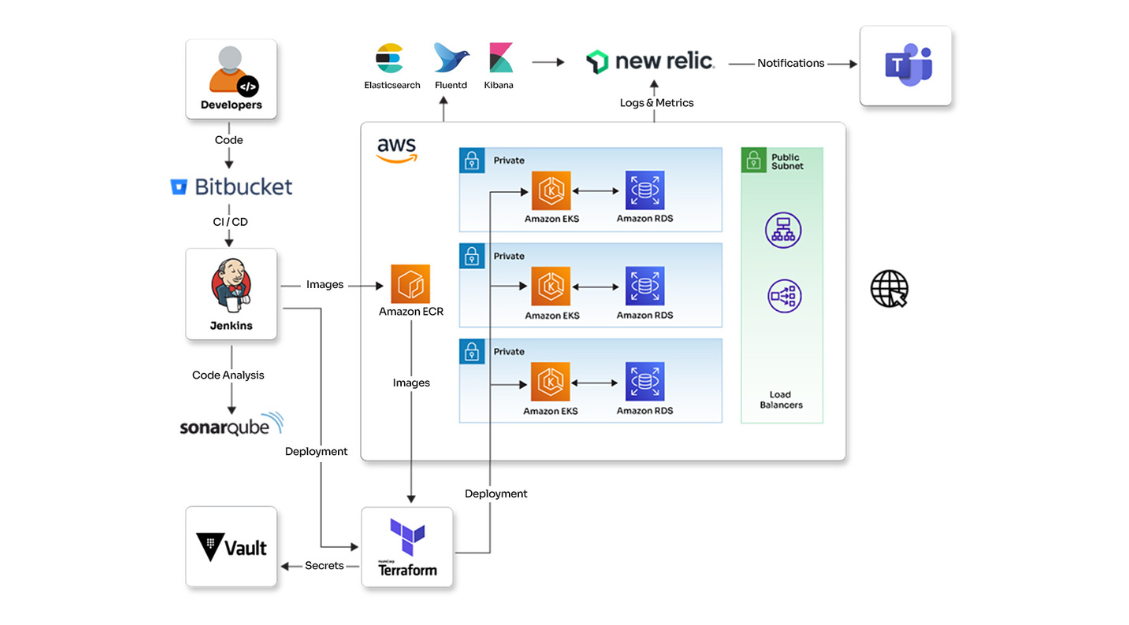Boost Your DevOps and Kubernetes workflow with terminal tools
Boost Your DevOps and Kubernetes workflow with terminal tools
The Container space has evolved rapidly over the last decade, and DevOps cultural change and adoption of Kubernetes have been the prime reason. However, this has come at the expense of growing complexities for higher speed and continuous delivery.
Opcito Technologies ranks 31st among India's Great Mid-Size Workplaces
Opcito Technologies Recognized by Great Place To Work India among India's Great Mid-Size Workplaces

Pune, 29th June 2023 – Opcito Technologies has been recognized by Great Place To Work
The role of AI and ML in DevOps transformation
The role of AI and ML in DevOps transformation
Organizations worldwide are under significant pressure to digitally innovate to maintain their competitiveness. A key area that many have identified as offering opportunities for improvement is their software development and operations - better known as DevOps.
Great Place To Work Certification Announcement
Opcito Technologies is now Great Place To Work Certified for the third year in a row

DevSecOps: Building Security into Your DevOps Processes
DevOps Tooling from AWS
Cloud Migration: Questions to Answer Before You Migrate
Continuous Testing in DevOps
Mastering the principles of SRE: A guide to building efficient systems
Mastering the principles of SRE: A guide to building efficient systems
Imagine a world where applications never crash, users have a seamless experience, and businesses operate uninterrupted. This is the vision that Site Reliability Engineering (SRE) aims to bring to reality. SRE is a mindset - a disciplined approach that combines software engineering and operations to create reliable and efficient systems. Its importance must be recognized in today's digital landscape, where businesses depend on their online presence to thrive.
Set up a MediaWiki server on a Kubernetes cluster with Canonical Juju
Set up a MediaWiki server on a Kubernetes cluster with Canonical Juju
Canonical Juju is a powerful open-source tool for deploying and managing complex software applications in cloud and data center environments. It makes application creation, deployment, and management easier for developers and system administrators across a range of environments, including public and private clouds, bare metal servers, and virtual machines.









